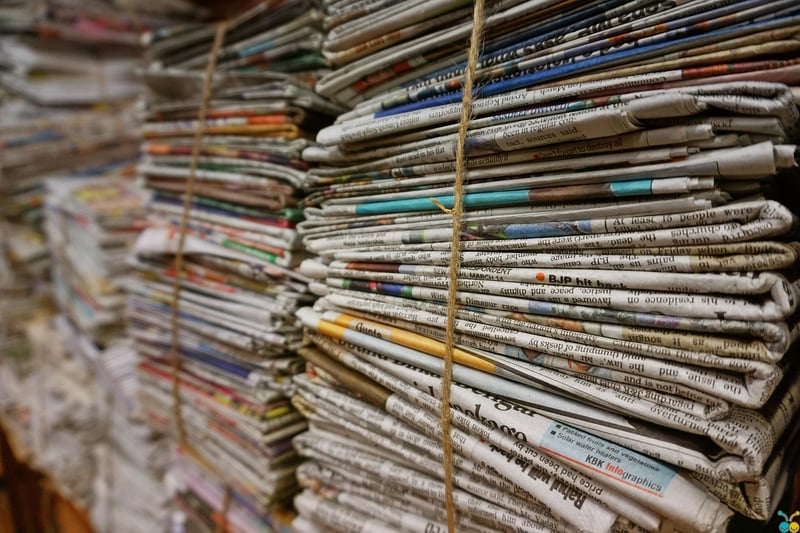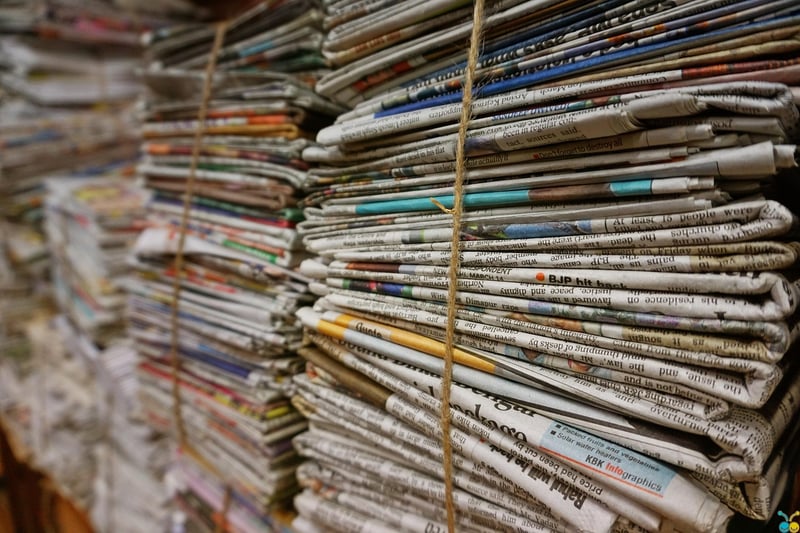Eco-Friendly Practices
Advice and Guidance for Upcycling + Eco-Friendly Practices
The Art of Upcycling
Upcycling is the process of transforming old or unwanted materials into new products of better quality or environmental value. It's a creative way to reduce waste and give new life to items that would otherwise end up in landfills.
Benefits of Upcycling
- Reduces waste and landfill usage
- Conserves natural resources
- Reduces energy consumption
- Promotes creativity and innovation
- Helps in the fight against climate change
Getting Started with Upcycling
If you're new to upcycling, start small. Look for items around your home that you no longer use but can be repurposed. Old jars can become storage containers, and worn-out clothes can be turned into cleaning rags or tote bags.
Upcycling Ideas
- Turn old pallets into furniture
- Transform glass jars into candle holders
- Repurpose old tires into planters
- Use fabric scraps to create unique quilts
Eco-Friendly Practices
In addition to upcycling, adopting eco-friendly practices in your daily life can have a positive impact on the environment. Here are some tips:
Reduce, Reuse, Recycle
Reduce your consumption of single-use items, reuse what you can, and recycle materials whenever possible. This simple mantra can significantly reduce your environmental footprint.
Conserve Energy
Turn off lights when not in use, unplug electronics when they're fully charged, and opt for energy-efficient appliances to lower your energy consumption.
Go Paperless
Opt for digital communication and billing to reduce paper waste. Use electronic devices to store documents and information instead of printing them out.
Conclusion
By incorporating upcycling and eco-friendly practices into your lifestyle, you can play a significant role in conserving the environment and reducing waste. Start small, get creative, and make a positive impact today!


